Medical gas systems are essential in healthcare facilities, providing a reliable and safe supply of gases such as oxygen, nitrous oxide, medical air, and vacuum. Copper pipes and fittings are the industry standard for medical gas distribution due to their durability, corrosion resistance, and compliance with stringent safety regulations. This article explores the importance, types, specifications, and installation guidelines for medical gas copper pipes and fittings to help understand their critical role in healthcare infrastructure.
1. Why Copper is the Preferred Material for Medical Gas Systems
Copper has long been the material of choice for medical gas pipelines due to the following key advantages:
-
-
Corrosion Resistance – Copper resists oxidation and chemical degradation, ensuring a long service life with minimal contamination risks.
-
Durability and Strength – It can withstand high pressure, temperature fluctuations, and mechanical stress, making it ideal for a hospital’s continuous gas supply needs.
-
Non-Permeability – Unlike plastic or other materials, copper does not allow gas diffusion, ensuring purity and preventing leakage.
-
Antimicrobial Properties – Copper surfaces naturally inhibit bacterial growth, reducing the risk of contamination.
-
Compliance with Industry Standards – Copper pipes meet international medical gas standards, including NFPA 99, ISO 7396-1, and HTM 02-01, making them the standard choice in healthcare facilities worldwide.
-
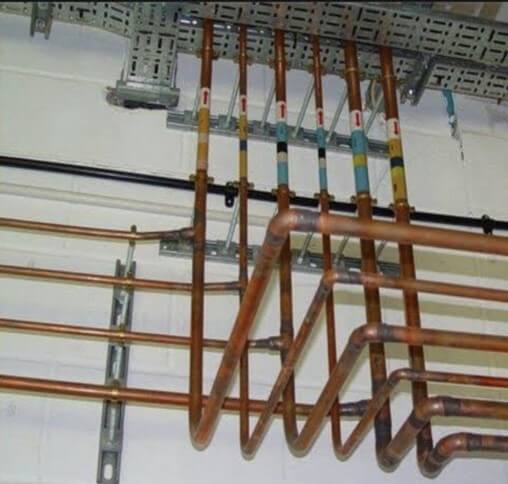
2. Types of Medical Gas Copper Pipes
Medical gas pipes come in different classifications based on wall thickness, pressure rating, and compliance with specific regulations. The most commonly used types are:
2.1 Type K Copper Pipe
-
-
Thickest wall among medical gas copper pipes.
-
Ideal for high-pressure applications.
-
Used in underground and concealed medical gas systems.
-
2.2 Type L Copper Pipe
-
-
Standard choice for above-ground medical gas distribution in hospitals.
-
Slightly thinner than Type K but still highly durable.
-
Provides a balance between strength and cost-effectiveness.
-
2.3 Degreased Medical Copper Pipe
-
-
Specially cleaned and degreased to remove oil, grease, and contaminants.
-
Essential for maintaining gas purity in medical environments.
-
Usually sealed at both ends to prevent recontamination before installation.
-
3. Medical Gas Fittings
Copper fittings are used to connect, branch, or change the direction of copper pipelines. Common types of fittings in medical gas systems include:
3.1 Elbows (45° and 90°)
-
-
Used to change the direction of the pipeline.
-
Available in different bend angles depending on system layout.
-
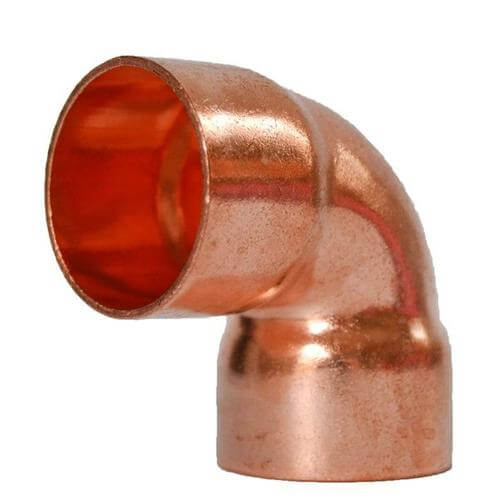
3.2 Tees
-
-
Allow branching of gas flow in different directions.
-
Available in equal and reducing sizes.
-
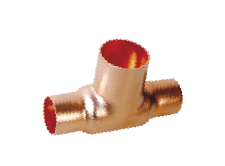
3.3 Couplings
-
-
Connect two straight sections of copper pipes.
-
Come in standard or slip-coupling designs.
-
3.4 Reducers
-
-
Used to connect pipes of different diameters.
-
Ensures a smooth transition in gas flow without pressure loss.
-

3.5 Valves and Shut-off Devices
-
-
Control gas flow for maintenance and emergency shutdowns.
-
Include ball valves, zone valves, and master control valves.
-
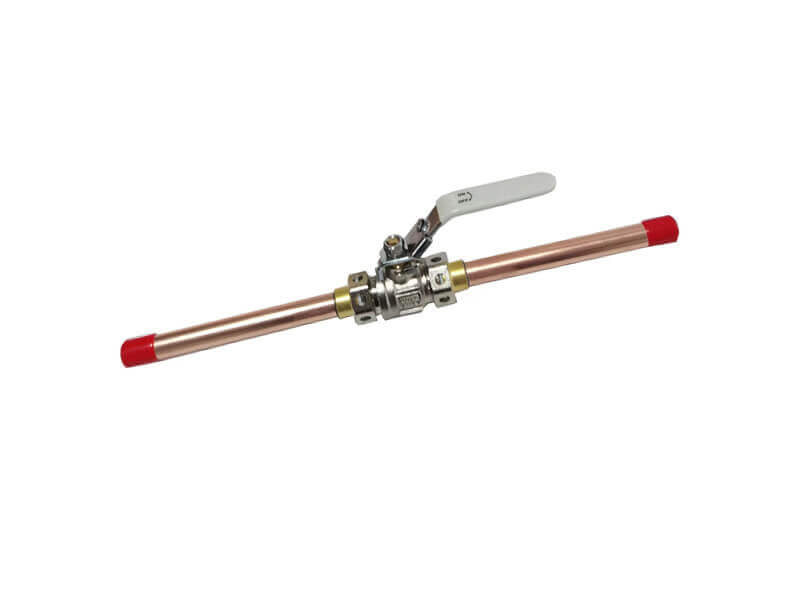
3.6 Brazing Rings and Sleeves
-
-
Used to strengthen joints and ensure airtight sealing during installation.
-
Required for high-pressure medical gas systems.
-
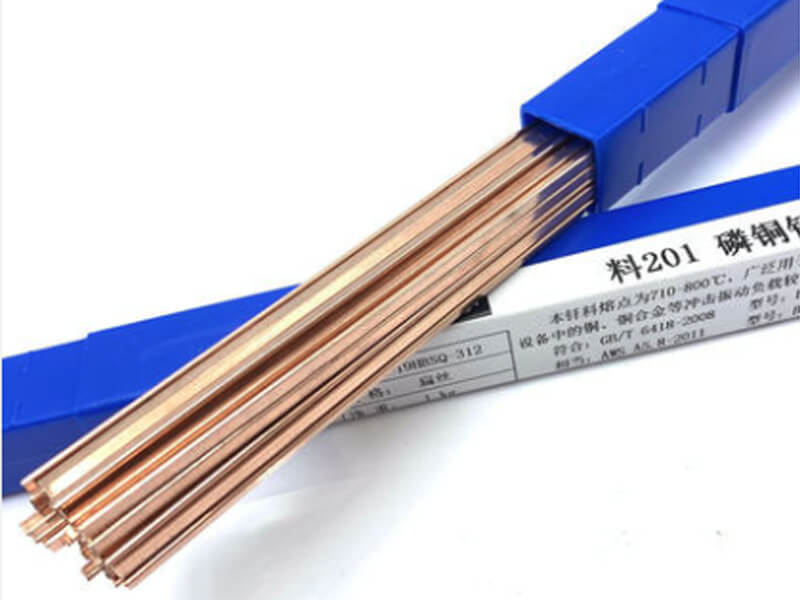
4. Installation of Medical Gas Copper Pipes and Fittings
Proper installation of medical gas copper piping is critical to ensuring safety, gas purity, and compliance with regulations. The process includes:
4.1 Preparation
-
-
Pipes must be cleaned and degreased before installation.
-
Ends should be sealed before welding to prevent contamination.
-
4.2 Brazing and Joining
-
-
Silver brazing (with minimum 15% silver content) is required to ensure strong, leak-free joints.
-
Oxygen-free brazing techniques prevent internal oxidation.
-
4.3 Testing and Certification
-
-
Pressure Testing – The system is tested under pressure to ensure no leaks.
-
Gas Purity Testing – Verifies that the pipeline remains free from contaminants.
-
Compliance Verification – Ensures adherence to NFPA, ISO, and HTM standards.
-
5. Maintenance and Safety Considerations
To ensure long-term performance and patient safety, medical gas copper piping must undergo regular maintenance:
-
-
Routine Inspections – Checking for leaks, corrosion, and joint integrity.
-
Cleaning Procedures – Using medical-grade cleaning agents to prevent gas contamination.
-
Emergency Preparedness – Ensuring staff are trained in shutting off valves during system failures.
-
6. Conclusion
Medical gas copper pipes and fittings play a critical role in hospital gas distribution systems, ensuring the safe and efficient delivery of essential gases. Their durability, reliability, and compliance with strict standards make them the best choice for healthcare infrastructure. Proper selection, installation, and maintenance of these components are crucial for maintaining gas purity and hospital safety. By following industry guidelines and best practices, hospitals can ensure a continuous, contamination-free gas supply for patient care.

